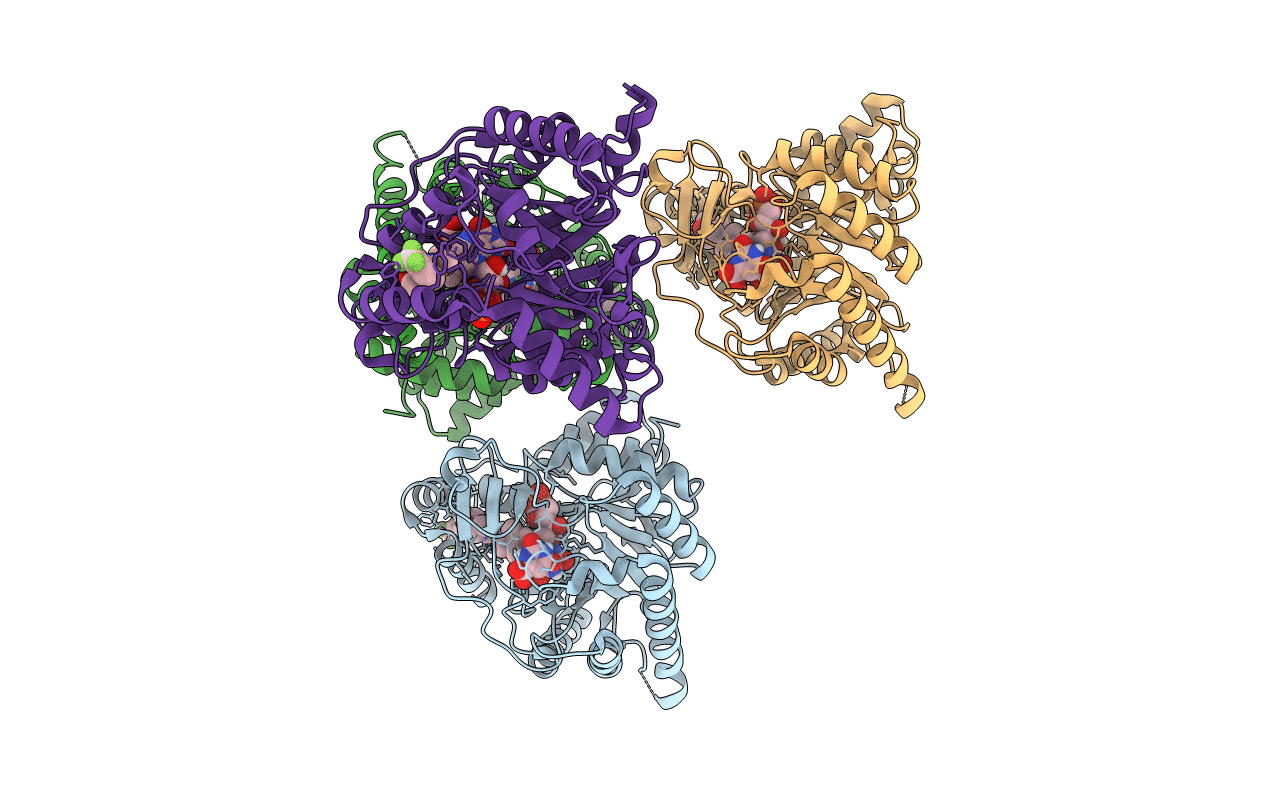
Deposition Date
2020-02-13
Release Date
2020-04-22
Last Version Date
2023-10-11
Entry Detail
PDB ID:
6VTY
Keywords:
Title:
Crystal structure of Plasmodium falciparum dihydroorotate dehydrogenase bound with Inhibitor DSM483
Biological Source:
Source Organism:
Plasmodium falciparum (isolate 3D7) (Taxon ID: 36329)
Host Organism:
Method Details:
Experimental Method:
Resolution:
1.78 Å
R-Value Free:
0.19
R-Value Work:
0.15
Space Group:
P 21 21 21


